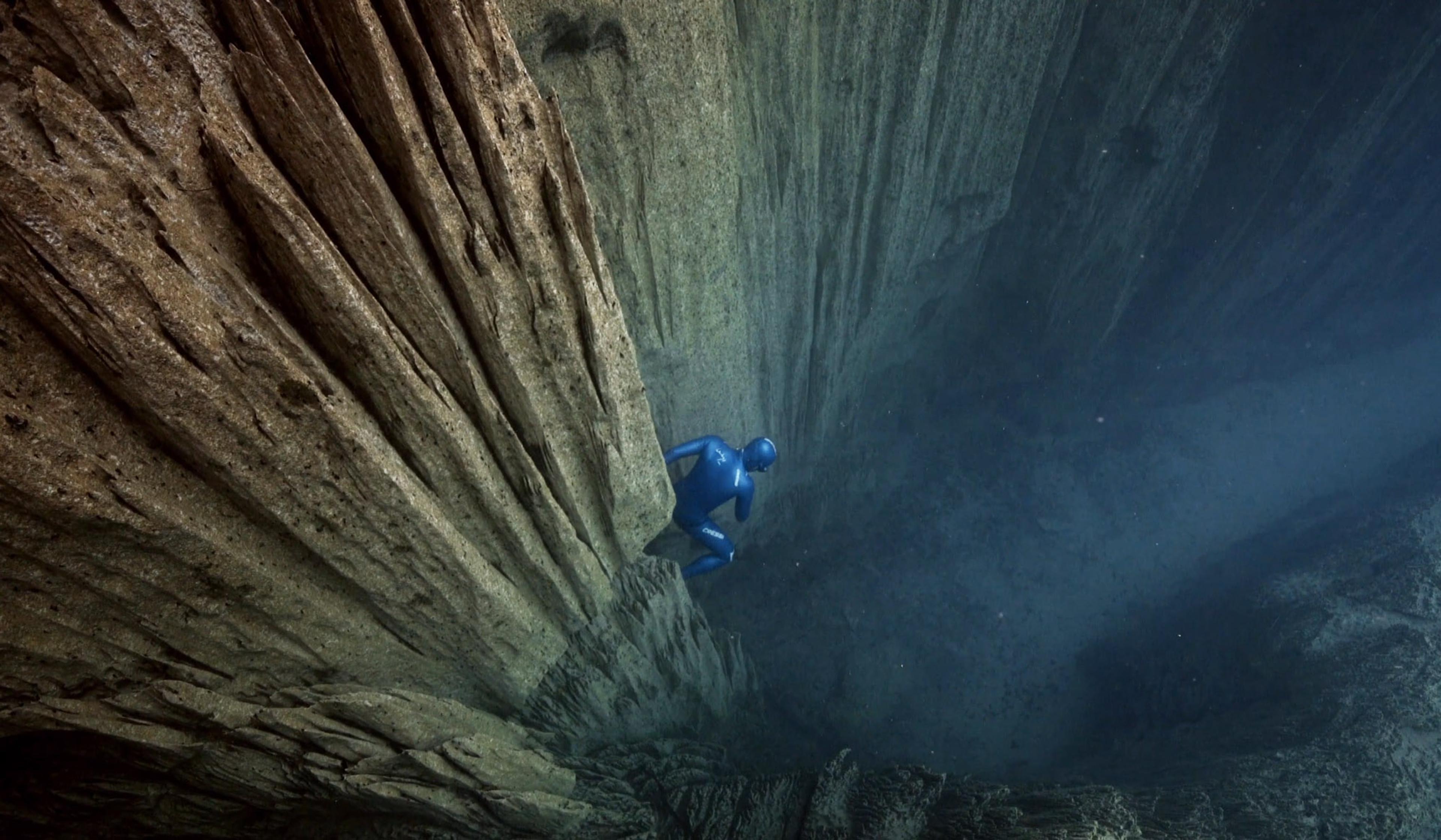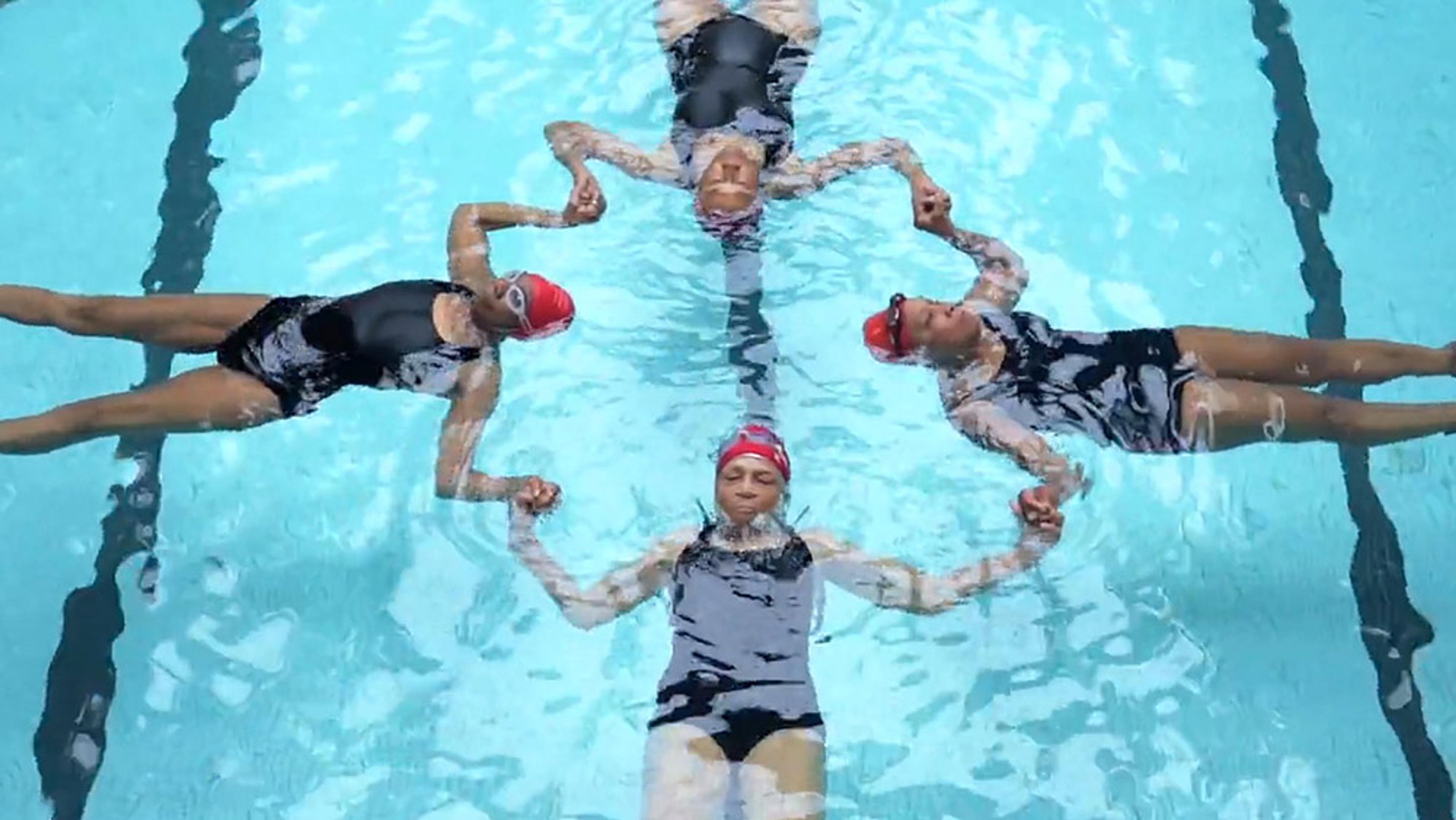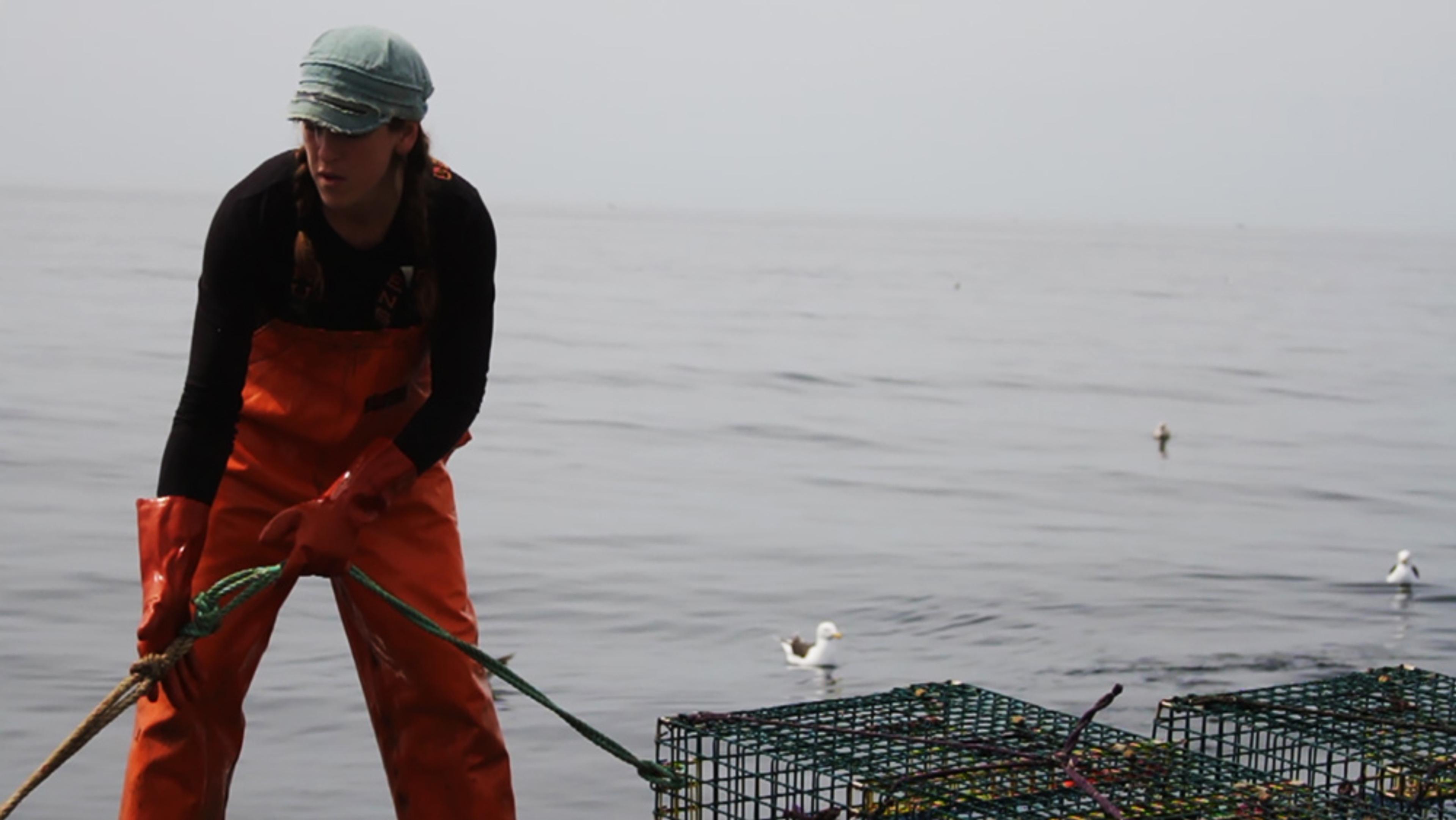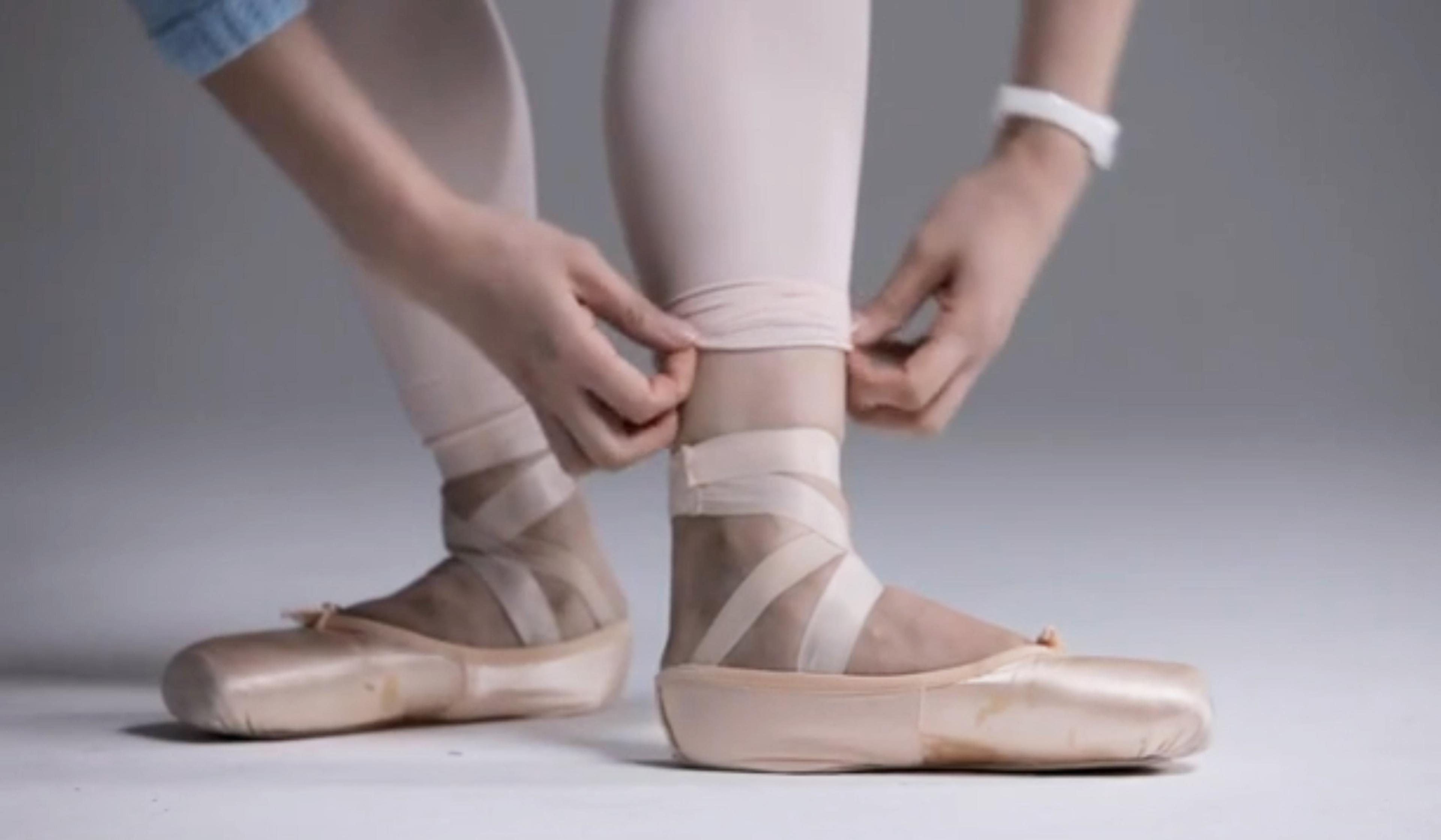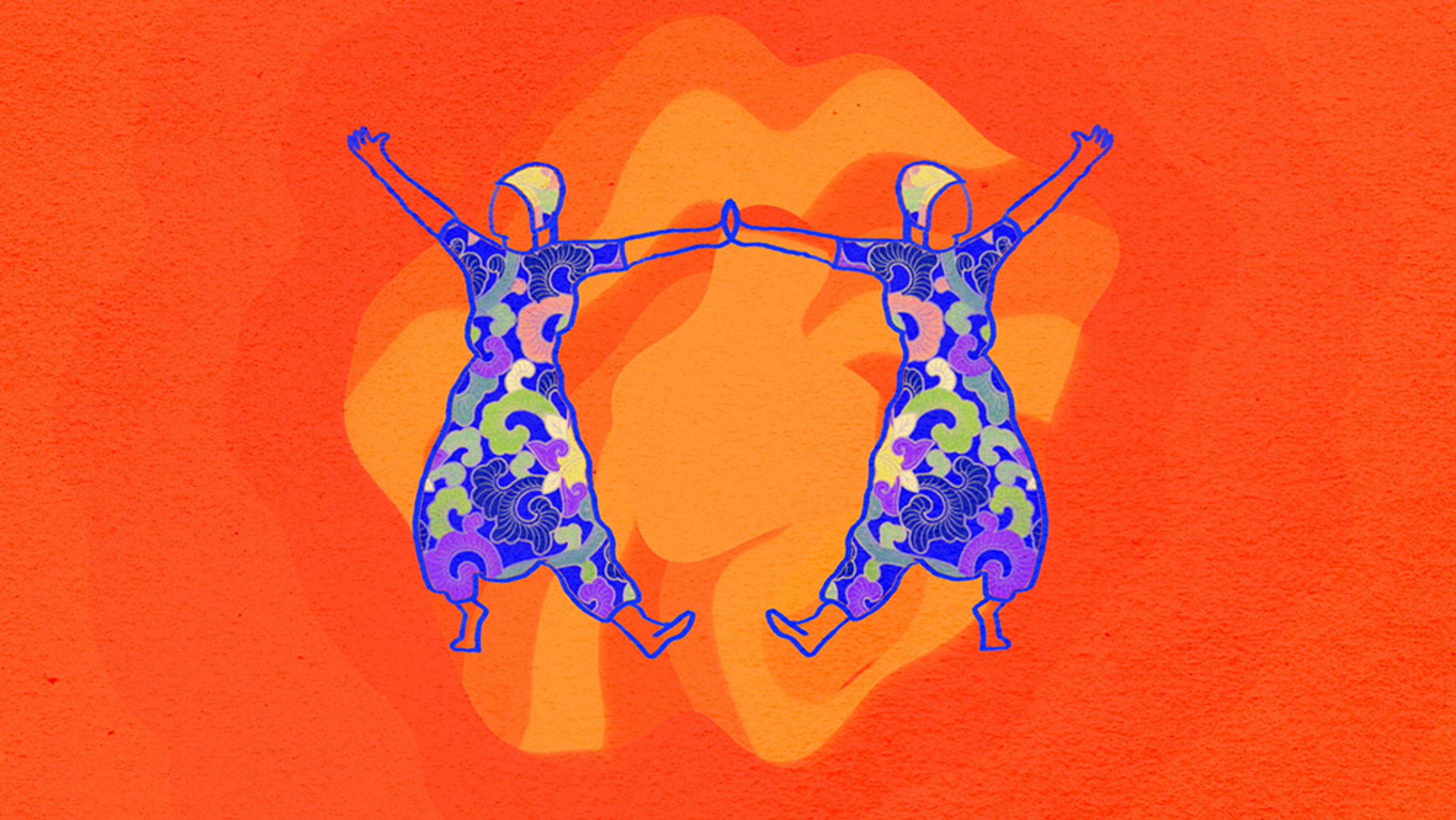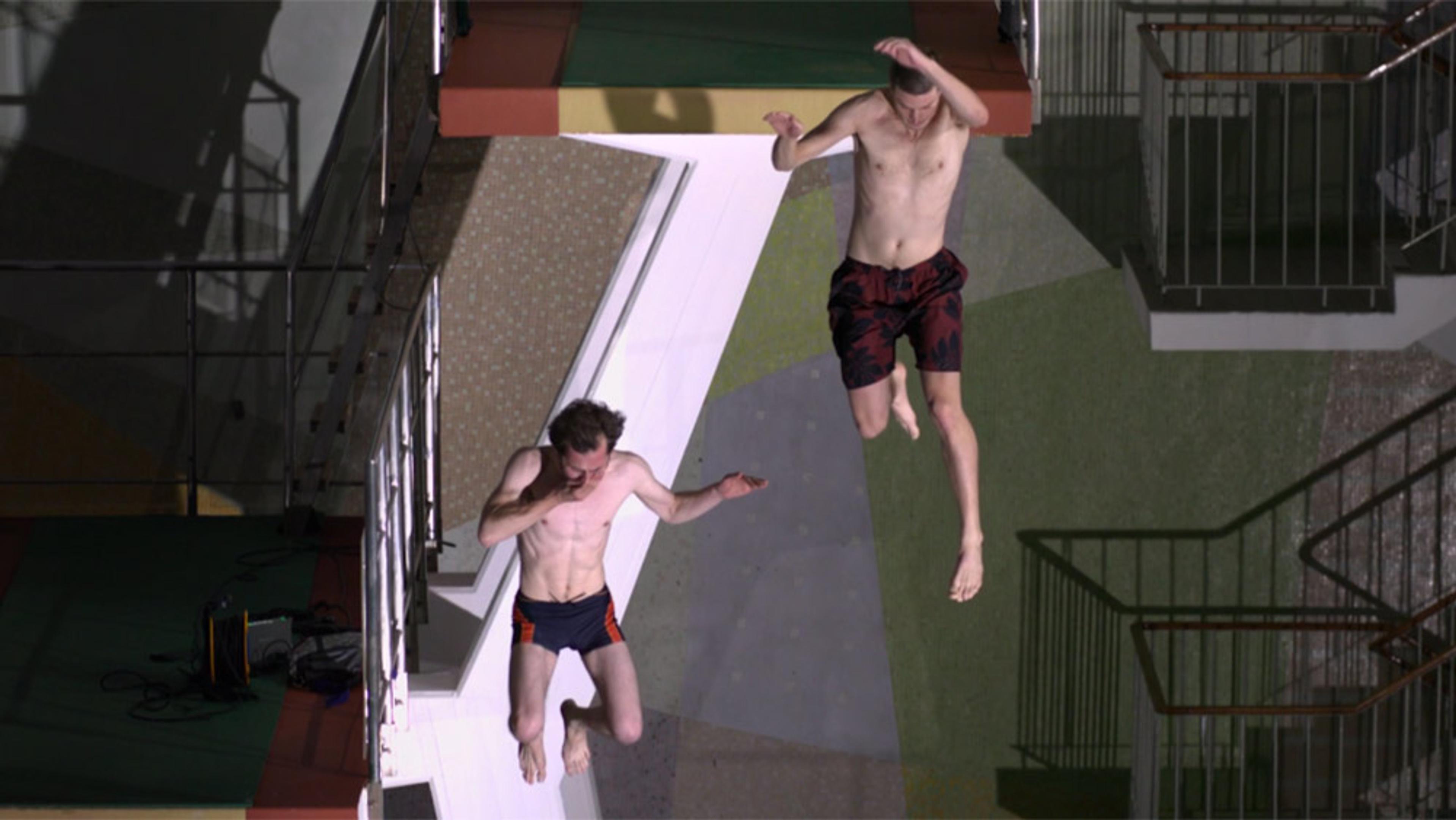In what looks like an austere, water-filled room, the French free-diver, dancer and underwater filmmaker Julie Gautier performs a breathtaking aquatic dance for several extended minutes before rising to the surface to release a blossoming bubble of air. Titled Ama, which is the term for women who practise Japan’s millennia-old tradition of free-diving, the video gives the impression that the dance is undertaken in a single breath. Of its meaning, Gautier has said:
It tells a story everyone can interpret in their own way, based on their own experience. There is no imposition, only suggestions. I wanted to share my biggest pain in this life with this film. For this is not too crude, I covered it with grace. To make it not too heavy, I plunged it into the water. I dedicate this film to all the women of the world.
The video was shot in the world’s deepest diving pool, in Padua, Italy.
Via Kottke
